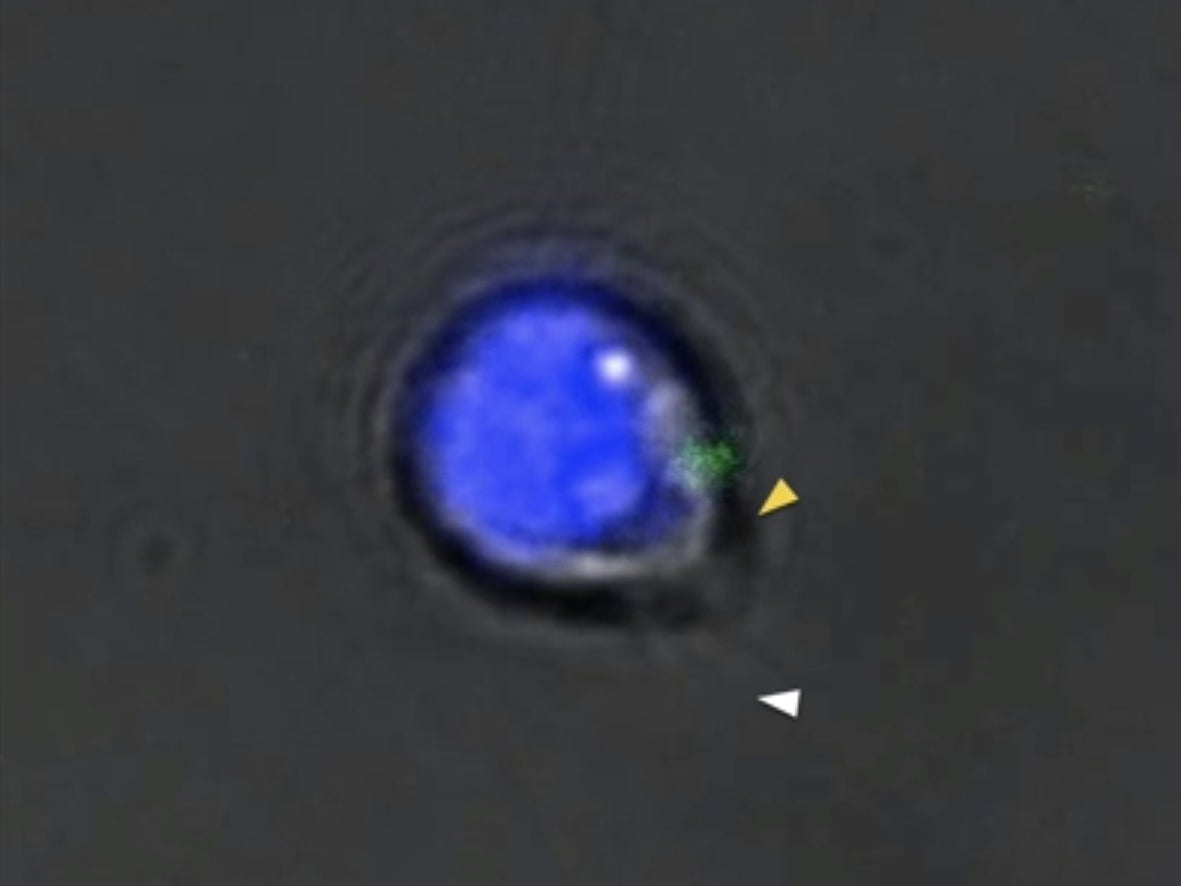
Some worms that inhabit lakes and rivers are capable of almost limitless regeneration, and scientists have isolated the cell that allows them to perform their death-defying feats.
The ability of planarian flatworms to regrow severed heads and other body parts has been known for over a century, but new techniques have allowed a research team to discover how they do it.
From a single building block known as an adult pluripotent stem cells, an entire worm can be rebuilt.
"Our finding essentially says that this is no longer an abstraction, that there truly is a cellular entity that can restore regenerative capacities to animals that have lost it and that such entity can now be purified alive and studied in detail,” said Dr Alejandro Sanchez Alvarado at the Stowers Institute for Medical Research, who led the study.
While the worms are a long way from humans in the tree of life, the scientists behind the study believe they may have a lot to teach us about stem cells and regenerative medicine.
"The fact that the marker we discovered is expressed not only in planarians but also in humans suggests that there are some conserved mechanisms that we can exploit,” said Dr Sanchez Alvarado.
“I expect those first principles will be broadly applicable to any organism that ever relied on stem cells to become what they are today. And that essentially is everybody."
Every multicellular organism, from trees to flatworms to humans, starts life as a single cell.
In the early stages of development, when this cell divides to form a larger ball of cells, each of these cells is “pluripotent” – meaning they have the potential to become any cell in the body.
The further the embryo develops, the more these pluripotent cells are replaced by cells in fixed roles, such as skin or muscle.
While in humans the stage of our lives in which our cells have infinite potential is short, and has long passed by the time we are born, flatworms never lose this ability.
Planarians retain an abundance of adult pluripotent stem cells, or neoblasts, and it is these cells that scientists think hold the key to regeneration.

Over the past two decades, scientists have zoomed in on this mysterious cell population, but it has proved difficult to isolate the exact cells that allow unlimited regrowth.
One feature thought to mark these cells out was a protein called piwi-1, so Dr Sanchez Alvarado’s colleague Dr An Zeng used this to begin the search for their mysterious cells.
Dr Zeng identified groups within groups of cells, gradually eliminating those that did not have the characteristics he was looking for, until he found the perfect group.
Having developed a method of latching onto a molecule called TSPAN-1 that sits of the surface of these cells, Dr Zeng purified individual cells that he thought would be able to regenerate an entire flatworm.
To test the healing capacity of these cells, the scientists transplanted single ones into flatworms that had been blasted with lethal doses of radiation.
Incredibly, the transplanted cells replaced the animals’ damaged tissue and saved their lives.
These results were published in the journal Cell.
The discovery “opens the door to a number of experiments that were not possible before”, according to Dr Sanchez Alvarado
Stem cells have been a source of much excitement in the medical community for years, as if they could be properly developed for use in humans doctors could theoretically use them to regrow missing body parts.
While the techniques have seen some success in the lab, the processes involved are complex and it will likely be some time before they become widely used in clinical practice.







